EV news
Skoda Begins Production of the All-New Enyaq EV
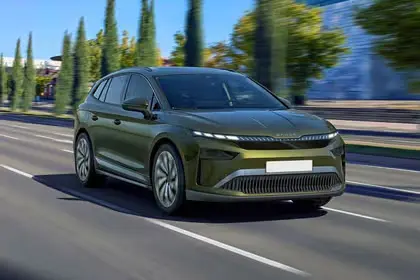
The Enyaq, Skoda’s most recent electric vehicle, has officially begun production at its main manufacturing facility in Mladá Boleslav, Czech Republic. This is yet another significant step in the brand’s efforts to promote electrification and environmentally friendly transportation. Skoda’s new “Modern Solid” design language, which combines functionality and a minimalist aesthetic, is used in the Enyaq lineup, which comes after the Elroq, another all-electric SUV. A highly adaptable assembly line that can simultaneously produce electric and internal combustion engine (ICE) vehicles is at the heart of this production effort.
This includes the Enyaq family, the brand-new Elroq, and the well-liked Octavia from Skoda. Skoda and its parent company, Volkswagen Group, are able to quickly adapt to shifting market demands due to their ability to produce conventional and electric vehicles on the same production line. Skoda can increase Enyaq production without making significant facility modifications if demand for electric vehicles rises. Similarly, the company can maintain or even increase Octavia production in response to customers’ continued preference for ICE vehicles. Skoda is preparing to meet the rising global demand for electric vehicles by producing approximately 300 Enyaq units on a daily basis.
The Enyaq and Elroq are powered by the brand’s essential battery systems, which are also used in other electric models from Volkswagen Group brands. While controlling costs and logistical difficulties, this strategic move ensures a consistent supply of components. Skoda’s first all-electric production vehicle serves as the foundation for the most recent Enyaq generation. The Enyaq is built on the modular electric toolkit (MEB) platform of Volkswagen Group and can be configured in a variety of ways to meet a variety of driving requirements. Depending on their priorities—range, performance, or all-wheel-drive capability—customers can select from two battery sizes and three powertrain options.
The Enyaq 60, the base model, has 204 bhp and a single electric motor that powers the rear wheels. This configuration is ideal for urban commuting and long-distance driving due to its balanced efficiency and performance. This rear-wheel-drive configuration is available in a more powerful version in the Enyaq 85, offering improved performance without sacrificing efficiency. The Enyaq 85x introduces a dual-motor all-wheel-drive system for people who want more traction and better performance. The most powerful variant in the lineup is this one, which can make up to 286 bhp. It is a good choice for people who frequently drive in bad weather or who need better handling and stability because it has more power and all-wheel drive.
The new Enyaq’s impressive range is one of its most distinctive features. Based on the Worldwide Harmonized Light Vehicles Test Procedure (WLTP), Skoda claims that the Enyaq Coupe can travel up to 587 kilometers on a single charge. With a maximum range of 577 kilometers per charge, the standard Enyaq model also offers a competitive range. With one of the longest ranges in its class, these figures make the Enyaq a strong contender in the electric SUV market. Skoda’s dedication to electric mobility extends beyond the production of automobiles. Additionally, the business has made investments in the development of an effective and long-lasting supply chain.
Skoda hopes to streamline production and lessen its impact on the environment by producing battery systems in-house and distributing them across a number of Volkswagen Group brands. Customers will ultimately benefit from more cost-effective EV options as a result of this localized approach to battery production’s efficiency and cost reduction. Skoda’s position in the competitive EV market is expected to be strengthened by the introduction of the new Enyaq. Customers looking to switch from traditional gasoline-powered vehicles to electric ones will find this model to be an appealing option due to its combination of practicality, performance, and cutting-edge technology. Its modern design, spacious interior, and advanced safety features add to its appeal.
Skoda intends to expand its lineup of electric vehicles in the future, with the Enyaq serving as the company’s primary strategy. In line with Volkswagen Group’s broader goals for electrification, the brand is gradually moving toward a more sustainable future. Skoda’s investment in electric mobility is likely to pay off in the coming years as more consumers consider EVs and governments around the world push for stricter emissions regulations.
The production of the Enyaq is currently in full swing, and customers can anticipate seeing the brand-new model soon at dealerships. The Enyaq lineup has something for everyone, whether they prioritize long-range capability, all-wheel drive performance, or an efficient city-friendly option. The Enyaq exemplifies Skoda’s commitment to a greener and more electrified future as the company continues to develop and improve its range of electric vehicles.
Article By
Sourabh Gupta
Blog
MG’s Cyberster: India’s Upcoming Premium Electric SUV Set to Launch in July 2025
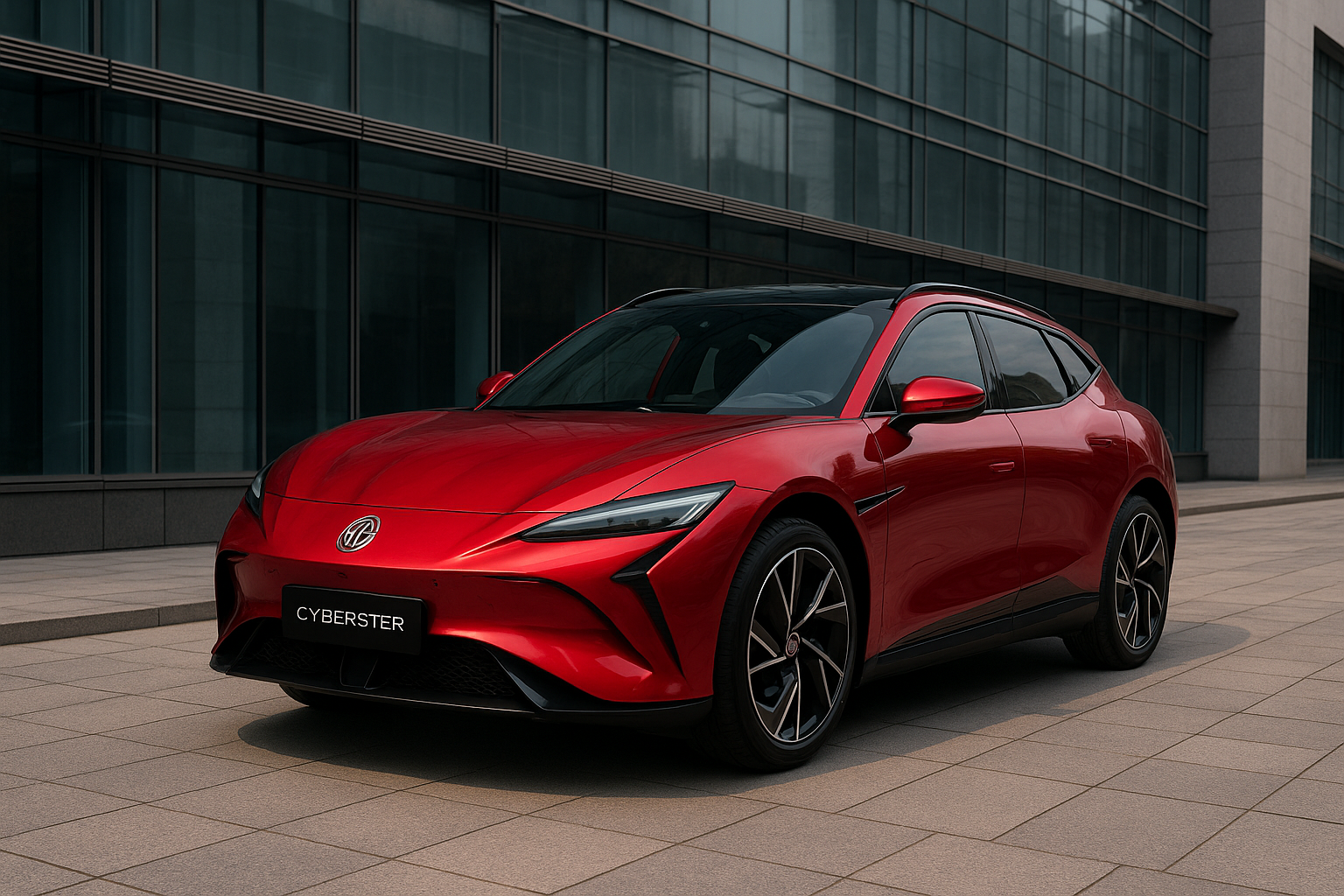
A Bold Step Into India’s Luxury EV Market
So, MG is about to bring out something pretty cool — the Cyberster, a premium electric SUV, expected to launch around July 2025. It’s their way of stepping up in India’s electric vehicle game and offering something that’s not just green, but also stylish and packed with tech.
EVs are getting popular here, and MG wants to be part of that wave, especially for folks who want a good-looking, comfy ride that’s loaded with modern features.
Striking Design Meets Cutting-Edge Technology
We don’t have all the info yet, but the Cyberster looks sharp. Think sleek and sporty, something that’ll catch eyes on the road.
Inside, expect lots of screens, smart features, and safety tech — basically, everything you’d want to make your drive smooth and fun. Whether it’s a quick city run or a weekend escape, this car’s aiming to make every trip enjoyable.
Performance That Packs a Punch
If you’re paying for a premium electric SUV, you want it to perform, right? While details are still under wraps, MG usually doesn’t disappoint. Expect a good driving range and enough power to make driving fun.
And with fast charging, you won’t be stuck waiting around forever — a big plus for busy folks.
What the Cyberster Means for Indian Consumers
This car means more choice for buyers who want a premium EV. The market is heating up, and it’s great because it gives you options that fit your style and budget.
MG is known for giving good value, so this might be a premium ride without the crazy premium price tag.
Growing Competition: A Win for Buyers
More companies entering the EV space means the competition’s getting fierce — Tata, Mahindra, Hyundai, and now MG all want your attention.
That means better cars, better prices, and more charging stations popping up, making EVs easier to own.
MG’s Vision for India’s EV Future
The Cyberster is just the start for MG. They’re clearly aiming to be a big player in India’s EV scene by giving buyers stylish, tech-packed cars.
As India moves toward greener transport, cars like this will help make electric vehicles the new normal.
Article By
Sourabh Gupta
Blog
India’s EV Market Heats: More Players, More Competition
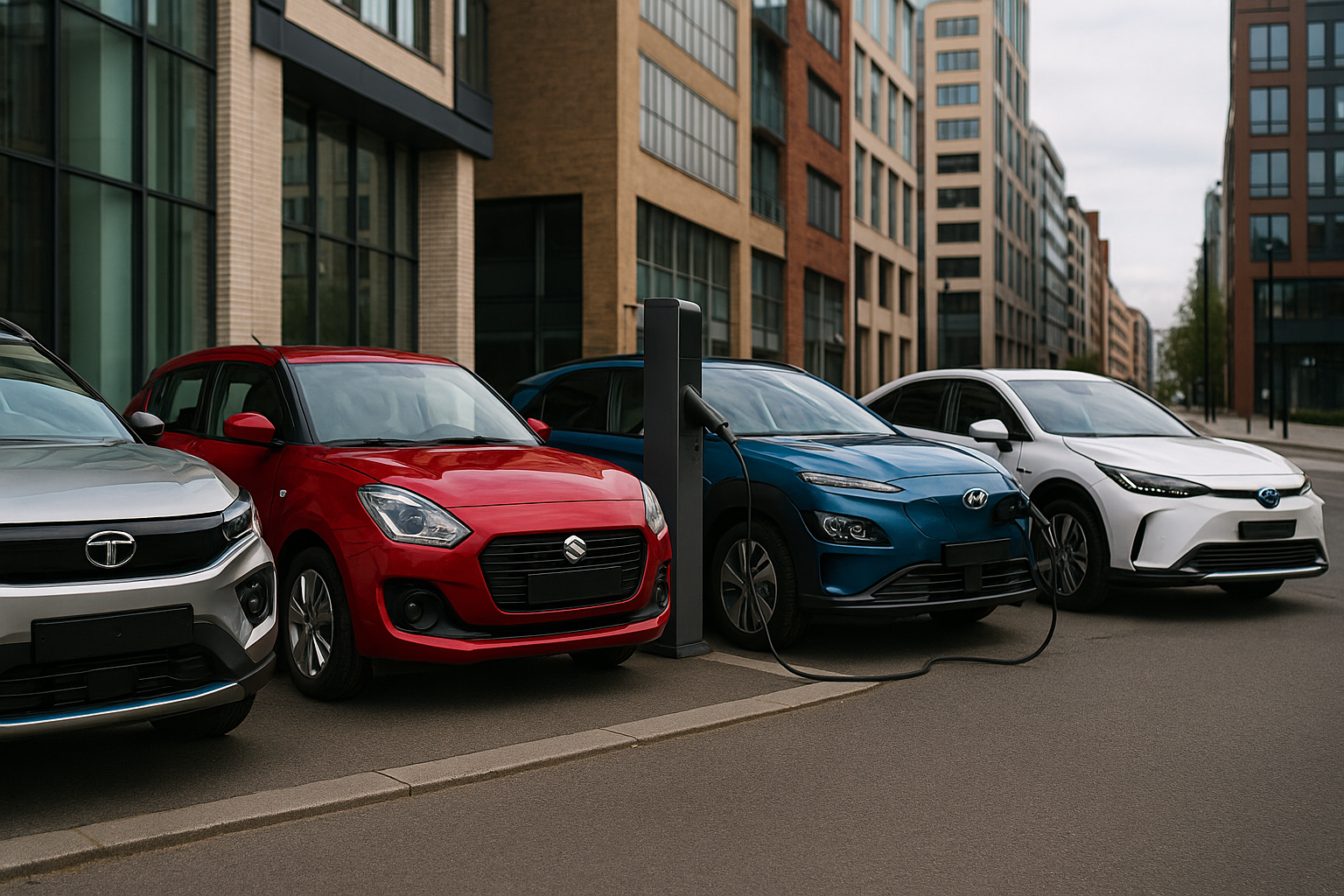
The Electric Vehicle Battle Is Just Getting Started
You know how things are changing fast with electric vehicles here in India? Well, it’s no longer just a couple of companies in the game. Tata and Mahindra have been leading for a while, but now Maruti, Toyota, and Hyundai are jumping in too. It’s turning into a proper race, and that’s great news for anyone thinking about buying an EV.
More players mean more choices, and when companies compete, it usually means better deals and cooler cars for us.
New Entrants Bring Fresh Energy
Maruti Suzuki is like the go-to brand for most Indian families because their cars are affordable and reliable. Now, if they start selling EVs, it’s going to make electric vehicles a lot more reachable for everyday folks.
Then you have Toyota and Hyundai, which have been working on electric cars globally for years. They’re bringing that know-how to India, which means better technology and cars designed to handle our roads and conditions.
This fresh blood is going to push everyone to do better, which is a win for all of us.
What This Means for Consumers
For buyers, this is the best time to consider an EV. You’ll get a wider choice of vehicles — from simple and affordable models to fancy ones packed with features.
Also, with so many companies competing, expect better batteries that last longer, faster charging times, and prices that won’t scare you away.
Charging stations will become more common, making it easier to own and use an EV without stress.
Challenges for Established Players
Tata and Mahindra have done well so far, but now the heat’s on. They’ll need to keep improving their cars and customer service to stay ahead.
More competition means prices might get friendlier, and cars will keep getting better, which is good news for everyone.
The Road Ahead: A Win for India’s Green Future
All this competition will speed up EV adoption, which means cleaner air and less pollution.
With more companies investing in EVs, we’ll see more charging points, better batteries, and more jobs related to green technology.
The future looks electric, and it’s shaping up to be an exciting ride.
Article By
Sourabh Gupta
Blog
Tata Motors Sets Sights on Dominating 50% of India’s EV Market

A Bold Ambition in a Growing Industry
Tata Motors isn’t just aiming to be in the EV race — they want to lead it. A recent ET Auto report says Tata wants to grab half of India’s electric vehicle market, which is a pretty big deal.
India’s EV scene is growing fast. More people are thinking about electric cars because petrol prices keep climbing, and folks want cleaner air. With all this happening, Tata’s shooting for the top spot, wanting to hold a massive share of the market.
Where Tata Motors Stands Today
Right now, Tata is the go-to name when it comes to EVs in India. The Nexon EV is one of the best-selling electric SUVs in the country. They’ve also got other models like the Tiago EV and Tigor EV that cover different budgets and needs.
But Tata knows it can’t just sit back and relax. Other brands like Mahindra, MG, and Hyundai are also pushing hard. Tata’s got to keep coming up with new stuff and get better if they want to stay ahead.
How Tata Plans to Achieve Its 50% Goal
So, how do they plan to take over half the market? They’ve got a few things lined up:
Expanding Its EV Lineup
Tata’s working on some cool new electric cars like the Harrier EV, Curvv EV, and the fancy Avinya. These options will give customers more choices, whether they prefer something small and practical or large and luxurious.
Building More Charging Stations
One of the biggest worries about EVs is charging. Tata’s working with Tata Power to set up more chargers across cities and towns. The easier it is to charge, the more people will want to buy EVs.
Making Batteries in India
Batteries are the priciest part of EVs, and importing them adds to the cost. Tata wants to make batteries right here in India, which should help bring prices down.
Going After Fleets and Government Buyers
Tata’s not just focusing on people buying cars for themselves. They’re also selling EVs to taxis, delivery companies, and government fleets. That’s a smart move because these buyers buy in bulk.
Challenges Ahead
It won’t be a smooth ride, though. Tata still has some bumps to cross:
- Battery supply might not always keep up with demand.
- Other companies are catching up fast.
- Not all towns have enough charging points yet.
- Convincing people outside cities to switch to EVs takes time.
The Road Ahead
Tata wants to own half of India’s EV market, and while that’s a huge goal, they have the right plan and the brand to pull it off. For buyers, this means better cars and more choices soon. For India, it’s a cleaner, greener future.
Article By
Sourabh Gupta
-
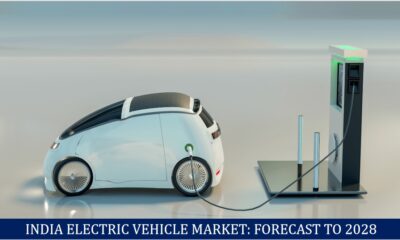
 Blog6 months ago
Blog6 months agoIndia’s Electric Vehicle Market Forecast to 2028 A Rapidly Growing Industry
-
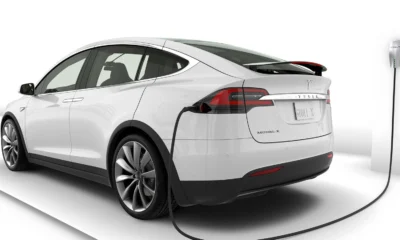
 Blog12 months ago
Blog12 months agoTop 10 Electric Vehicles of 2024: A Comprehensive Guide
-
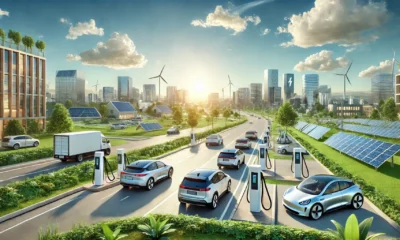
 Blog1 year ago
Blog1 year agoImpact of Electric Vehicles on the Environment and Pollution
-
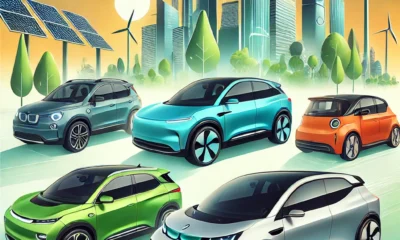
 Blog1 year ago
Blog1 year agoTop 5 best electric vehicles Under $30,000: Affordable Choices for 2024
-

 EV news6 months ago
EV news6 months ago2025 Might Be the Time of EVs in India, Drove by SUV Dispatches
-
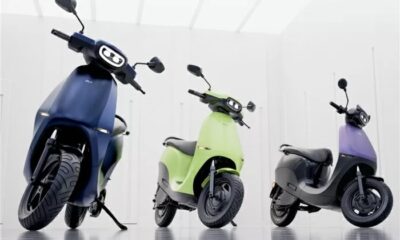
 EV news9 months ago
EV news9 months agoOla Electric Offers Massive Festive Discounts on Scooters Starting at ₹50,000
-
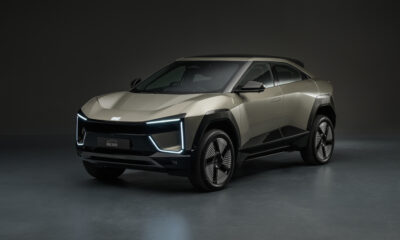
 Blog6 months ago
Blog6 months agoMahindra BE 6 An Intense Move toward the Fate of Electric Versatility
-
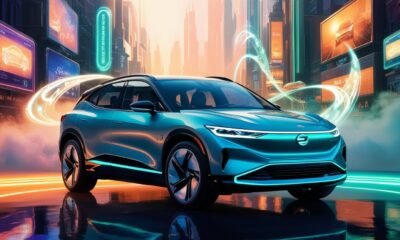
 Blog1 year ago
Blog1 year agoEV Charging Technology: Leading the Electric Vehicle Innovations in 2024




